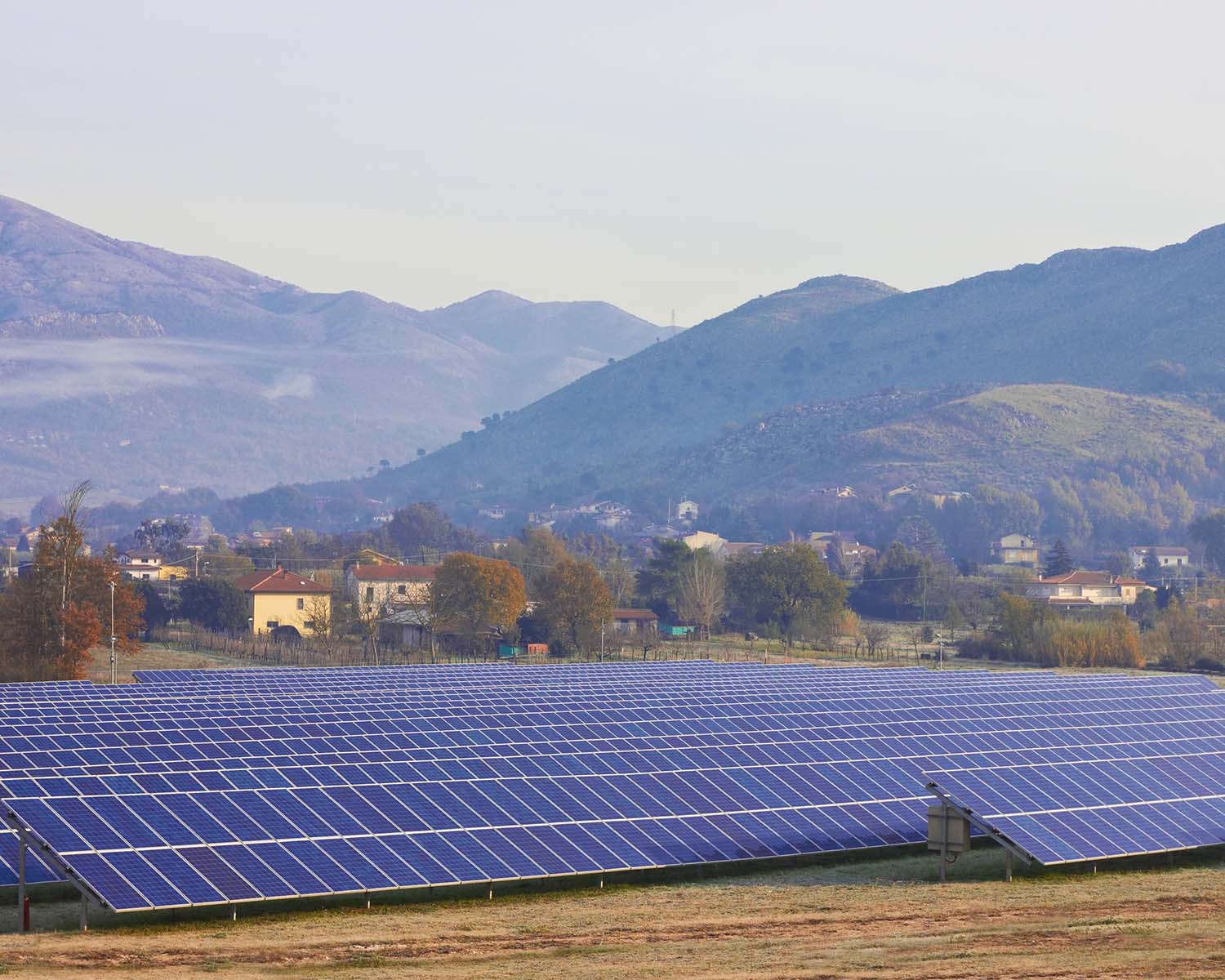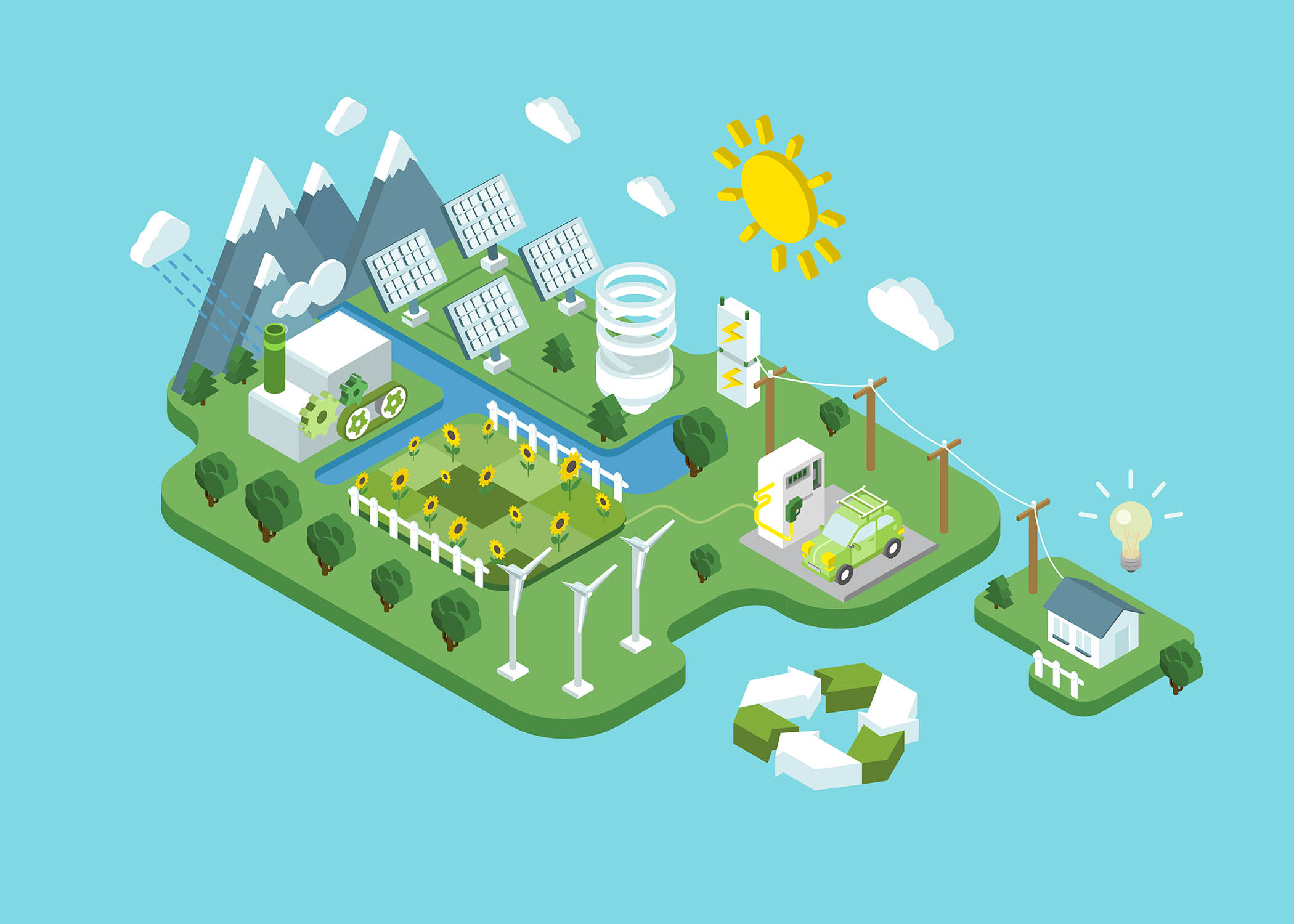If you’re like more and more people in the United States, you’re interested in downsizing your life.
Why?
Because you want to focus on the important things, like:
- Saving money
- Having more free time
- Lightening your environmental footprint
So what does downsizing your entire life look like (no small feat!)?
Perhaps shedding unnecessary possessions and a big ol’ house.
Perhaps you have tiny home dreams . . . ?
If you’ve decided to build a tiny home, you may be itching to get started on your tiny house plans.
Before you dive in, these tips can help you navigate the process and design an abode that’s comfortable and energy-efficient!
Do Your Research Before Starting Your Tiny House Plans
As you likely know already, tiny homes are houses that are 400 square feet or less, not counting lofts.
They can be constructed on foundations, though many of them are built on trailers, giving you ultra mobility.
Warning: While tiny houses are legal in every state, you need to do your research on local zoning laws and building codes before you get too far into the process.
Finding a place where you can legally build and place a tiny home can be one of the biggest obstacles to getting your tiny house plans off the ground.
So, it’s a good thing to take your time and do your homework before you get started.
As you begin designing your little home, you also need to research and consider:
- Building requirements for structural safety
- Fire safety measures
- Air quality safety measures
The steps you take to ensure your home is safe are not much different than for a traditional house, but you don’t want to overlook them!
Determine Your Level of Grid Reliance
Clearly, your decision to build a tiny home instantly eviscerates your environmental footprint.
But . . . you still have to decide how much you want to rely on the grid for your utilities.
Depending on where you locate your house, you may still be able to connect to the grid.
However, most people who create tiny house plans opt to increase their self-sufficiency.
Electricity
Even if you situate your new little home in the middle of an urban area, you can lower your dependence on the grid for power.
When you install rooftop solar, you can get the energy you need to power everything in your home.
Whether you opt for a grid-tied system or an off-grid solar panel system, you significantly reduce your carbon emissions with solar power.
With an off-grid system, you gain complete energy independence.
Don’t forget to include battery storage in your tiny house plans!
Water
If you’re going off-grid, you need to make sure you have access to a reliable water source for your freshwater needs.
Digging a well is a good option when you live in an area that allows it.
You would need to connect your well pump to solar power.
Also, people often collect rainwater in barrels and recycle their gray water for uses that don’t require potable water.
If you’re connected to the grid, capturing rainwater and recycling gray water makes you less reliant on the city water supply.
Waste
Let’s face it, waste is a big concern for anyone creating tiny house plans off the grid.
You’ll need to find out the local laws about waste disposal.
You can create a composting system for much of your kitchen and paper waste, using the end material for your garden and yard.
However, you still may need some sort of septic and disposal system for other waste materials.
If you’re connected to the grid, waste isn’t likely a concern.
Consider These Ideas to Increase Your Habitable Space
Building a tiny home is a great idea for improving your life while helping the planet.
It takes good planning to create a space that provides everything you need to live comfortably and efficiently.
Build a Loft
As you begin drawing up your tiny house plans, consider building a loft for your bedroom.
It’s a win-win.
You increase the height of your dwelling, but you don’t increase your home’s footprint.
A loft allows you to maximize your living space on the lower level, leaving more room to design a comfortable living room and functional kitchen.
Get Small Appliances
In a traditional home, appliances can take up a lot of space.
People tend to buy bigger units and more gadgets that make their lives “easier.”
When you lay out your kitchen in your tiny house plans, decide which appliances are must-haves on your list and which you can live without.
Then do some research to find energy-efficient, tiny appliances to go with your energy-efficient, tiny house.
Create Smart Storage
Storage is a big concern in a tiny home.
The more you downsize your possessions, the less storage you need.
However, most people find that they need space to put some extras.
Check out these ideas for smart storage:
- For items such as your books, hang floating shelves on the walls
- Use hanging cubbies instead of a dresser
- Build a bench for seating that doubles as storage
- In the kitchen, try hanging hooks for pots, pans, and mugs
Creative storage plans are the key to minimizing the clutter, so make sure you work your storage ideas into your tiny house plans.
Add Outdoor Space
Including outdoor space in your tiny house plans extends your usable living area.
This space can be as simple as a small porch that provides an additional seating area.
If you live on some land, you may want to create a small outdoor kitchen and dining space, particularly if you think you might entertain.
Placing comfortable seating and tables outdoors allows you to enjoy nature, get some fresh air, and have a change of scenery when the inside of your home feels — well — tiny.
Find a Solar Panel System that Fits Your Tiny House Plans
We at Unbound Solar® congratulate you on getting started on your tiny house plans!
We’re dedicated to helping people gain energy independence.
Whether you plan to connect your tiny home to the grid or live completely off-grid, we have everything you need to install solar panels on your house.
If you need help finding a system that will work for you, get in touch.
We’re happy to help!




